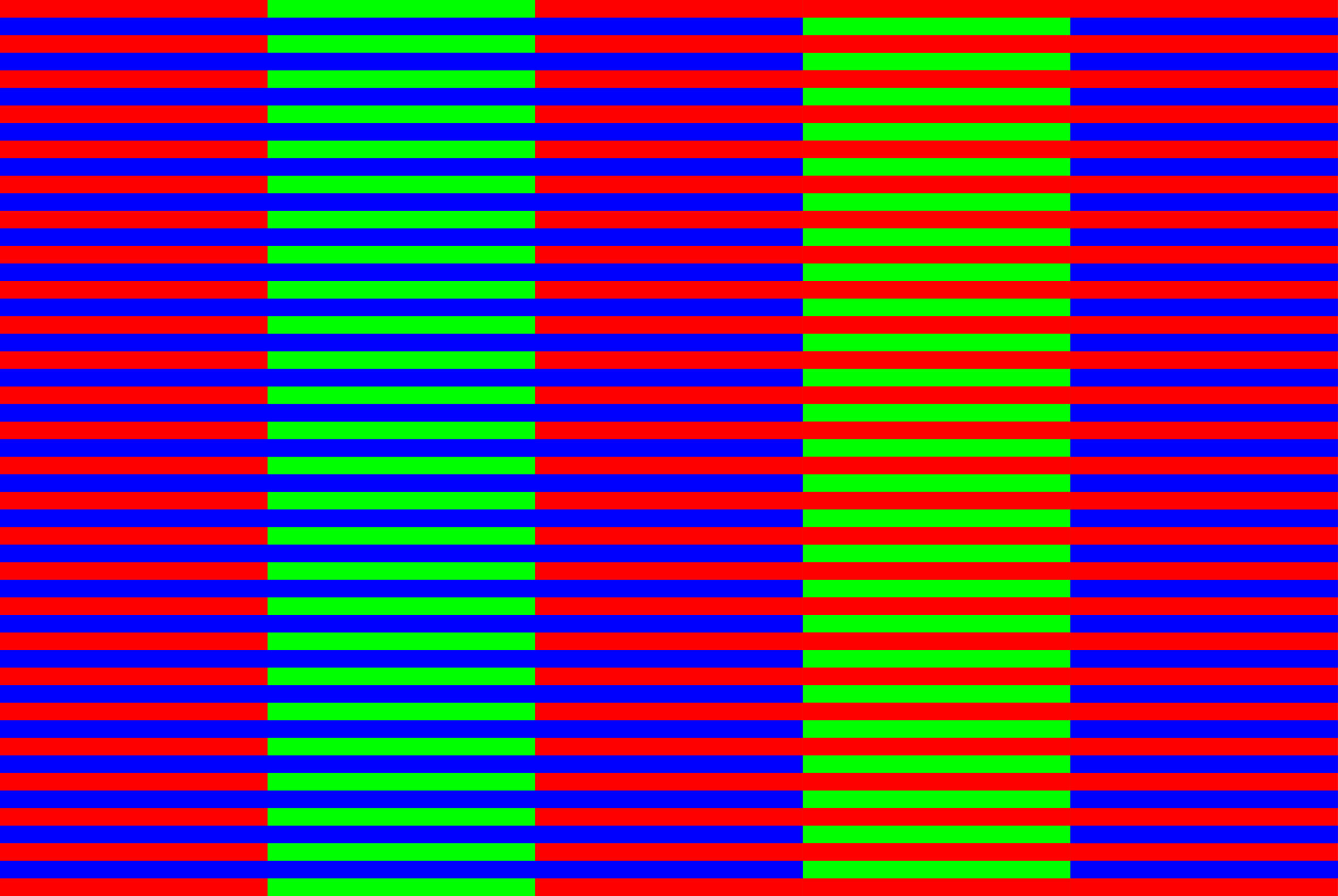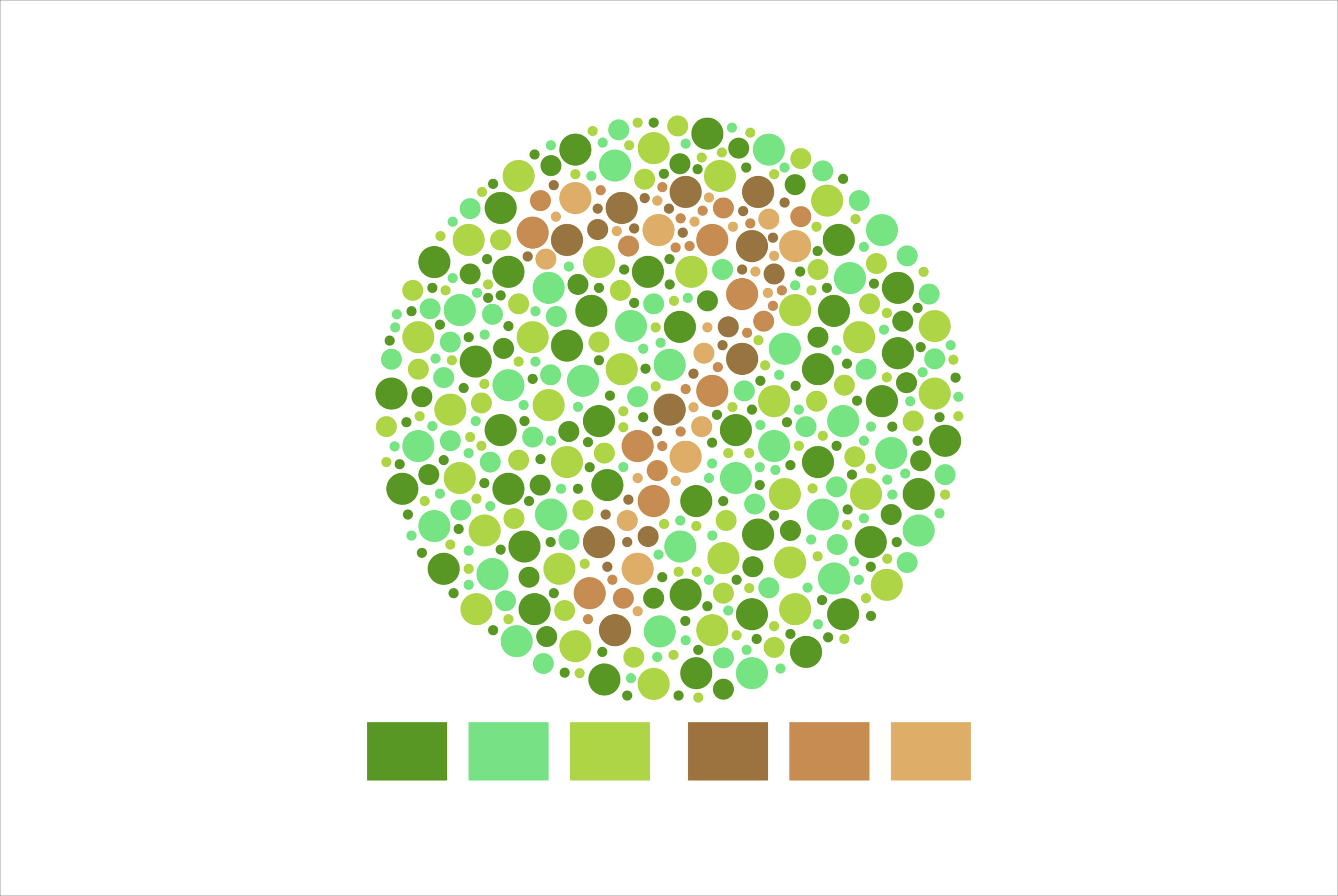Optical illusions and other visual anomalies are caused by the way the human visual system processes information.
Physical illusions
Physical illusions result from the limitations and assumptions of the human visual system when interpreting the external world. Examples include:
- The Sun and Moon appear larger near the horizon as a result of the brain’s interpretation of distance cues.
- Rainbows are composed of a continuous range of wavelengths across the visible spectrum but appear to be formed from a series of bands of colour.
Physiological illusions
Physiological illusions are often connected with the different attributes of visual perception and occur when visual stimuli are beyond our brain’s processing ability.
Physiological illusions arise due to the way that the human eye and visual system process information from the outside world, such as lighting, contrast, and colour. Examples include:
- After-images occur when the eye’s photoreceptor cells become fatigued due to overstimulation, resulting in an image appearing after the stimulus is removed.
- Moiré patterns occur when two similar patterns with slightly different frequencies overlap, creating a new pattern that appears to move or vibrate.
Cognitive illusions
Cognitive illusions result from the brain’s inability to correctly interpret visual information, leading to uncertainties or errors in perception. Examples include:
- Ambiguous illusions are images that can be read in more than one way, depending on contextual cues and the viewer’s past experiences. They often cause a perceptual “switch” between alternative interpretations.
- Geometrical illusions occur when the brain uses contextual cues and assumptions to interpret visual stimuli, leading to distortions in size, length, position, or curvature.
- Paradox illusions occur when visual stimuli contain conflicting information that cannot be resolved by the brain, leading to a perceptual paradox.
- Fictions are created when the brain fills in missing visual information based on contextual cues and past experiences, leading to the perception of additional content that is not actually present.


